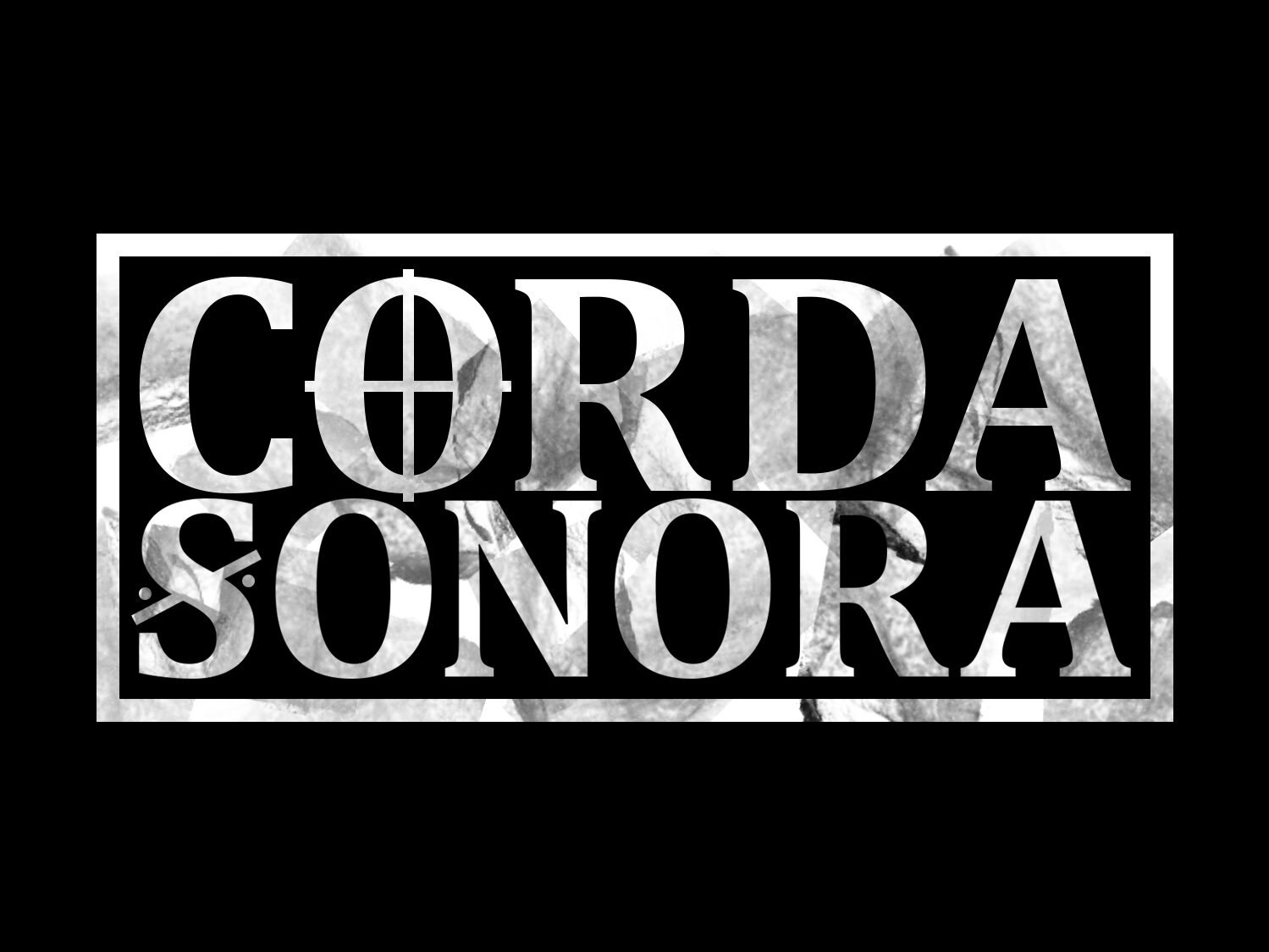Uma Produção de CordaSonora
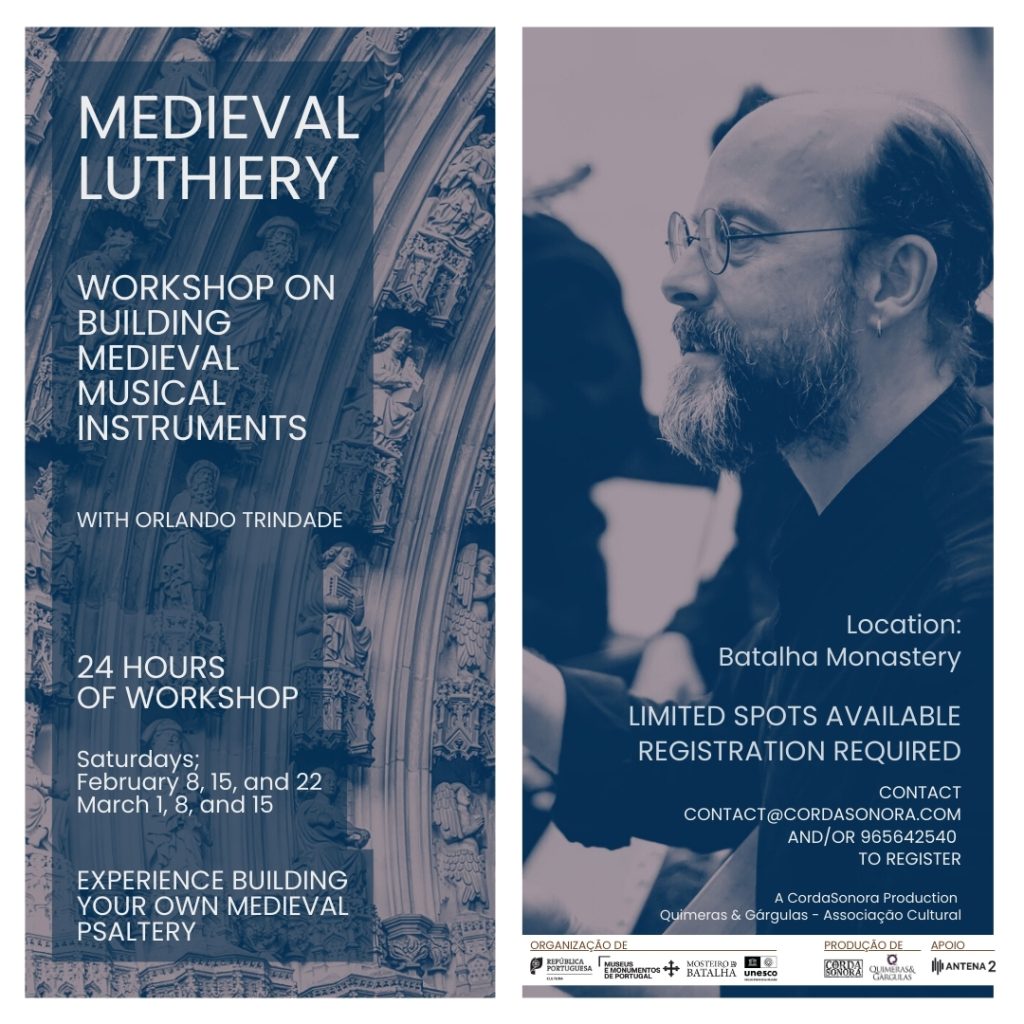
A psaltery is a medieval stringed instrument, typically featuring a flat, rectangular or trapezoidal wooden body with strings stretched across it. It was commonly used across Iberia and Europe. The psaltery played an important role in the cultural convivencia of medieval Iberia, where communities of each people and belief shared and influenced each other’s knowledge and art. It was used in both secular and sacred settings, accompanying vocals or performing in instrumental context in courtly and liturgical contexts. The instrument’s resonant sound made it integral to the rich, diverse musical traditions of medieval Iberia.
The psalteries of the Medieval Luthiery workshop are constructed based on the depictions of the musician angel from the portal of the Batalha Monastery.
—
The first Medieval Luthiery workshop took place during The Medieval Music Days of Batalha – 2025, hosted by the Batalha Monastery with artistic direction by Esin Yardimli Alves Pereira and Ricardo Alves Pereira, and production by CordaSonora, consisting of seven consecutive Saturdays dedicated to medieval music at the Batalha Monastery, where participants learned as well to read medieval musical manuscripts, types of secular medieval poetry, and they also sang medieval cantigas from the Iberian Peninsula as part of the Community Choir of DMMB2025. DMMB2025 featured community rehearsals, concerts, poetry recitals, lectures, workshops, and more. All activities besides the Medieval Luthiery were open to the general public, regardless of age or musical experience.
The shape and measurements of the psalteries were based entirely on the musician angel from the Batalha Monastery portal. The ratio was determined by measuring the angel’s upper body width and comparing it to the size of the instrument. Since the angel’s proportions were smaller than those of an average human, Orlando Trindade scaled the measurements, using his own upper body width as a reference point to determine the plausible size of the instrument. He also calculated the thickness of the psaltery and worked out the ratio between the upper and lower sections of the instrument, ensuring that the proportions matched precisely to the original design.
The number of strings on each instrument, the height and structure of the bridges, and the string gaps were all based on the original sculpture. Orlando Trindade carefully made sure that every detail reflected the historic design. The string count was especially important to match the number used in the original instrument, allowing for the exact repertoire to be played. This attention to detail made sure that the instruments could reproduce the sound and feel of the past, and the music could be performed as it was originally meant to be heard.
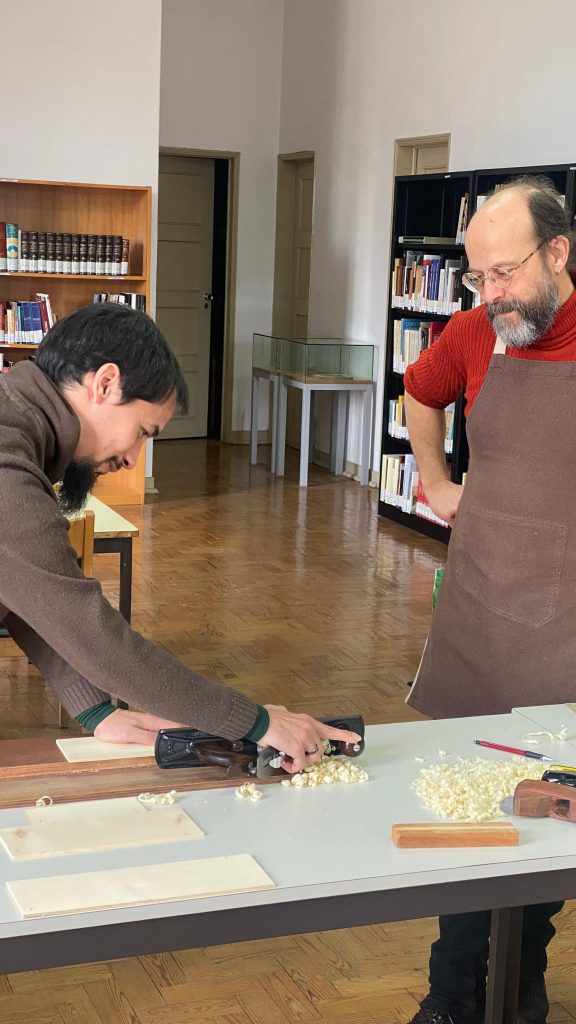
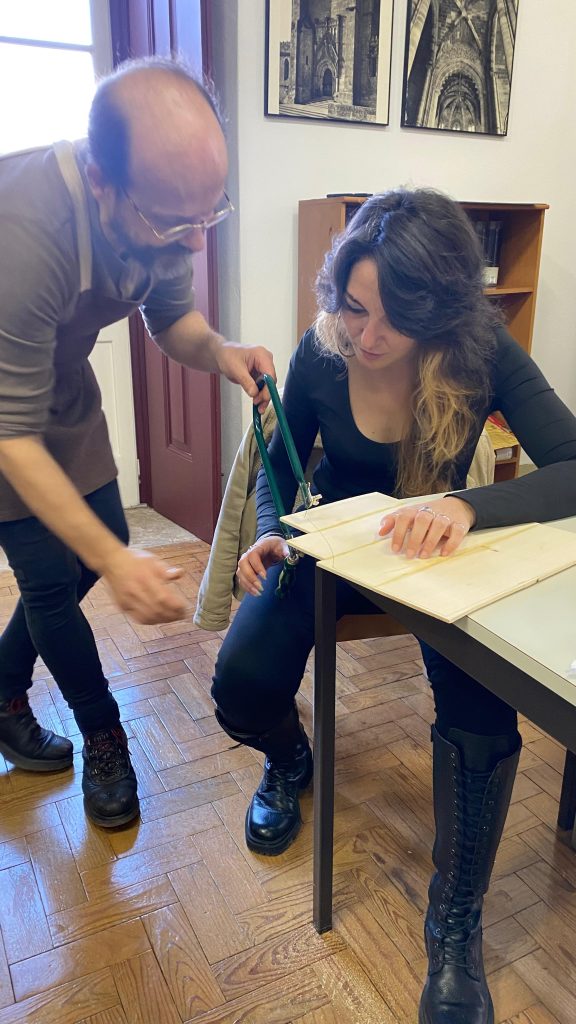
Each day of the workshop, Orlando Trindade brought a valuable book, sometimes editions from the 19th century, and focused on a different aspect of medieval instrument building. Topics included the rosacea (the main round window of a church, or the “rose window” in English), wood carving techniques, and significant church arches featuring musicians, such as the Portico de la Gloria (Porch of the Glory) of Santiago de Compostela Cathedral.
The tools used in the workshop were mostly unique items that Orlando Trindade had collected throughout his decades of work. On average, many of the tools were around a hundred years old, aiming to replicate the experience of a medieval instrument builder as closely as possible. Even the materials like the glue were chosen to match those used in the past when building instruments, as Orlando Trindade is very dedicated to using authentic materials to create instruments as close as possible to their original form.
Each part needed to build the instruments were carefully selected pieces by Orlando Trindade, from trees specifically native to the Iberian Peninsula. The wood was chosen for its quality and sound, making sure the instruments would produce the best possible tone. He hand picked the best sections of the trunks to create instruments with the right resonance, closely matching the qualities of medieval instruments. This focus on using authentic and high-quality materials helped ensure the instruments would capture the true sound of the past.
The rosettes of the instruments were shaped by each participant in their own preferred way, shape and form, with personal meaning and significance. During this process, there were examples of modern designs, hybrid models, and even a rosette based on the very rosette of the Batalha Monastery. Each participant was guided to use different tools and techniques to achive the upmost quality and beauty in their rosettes.
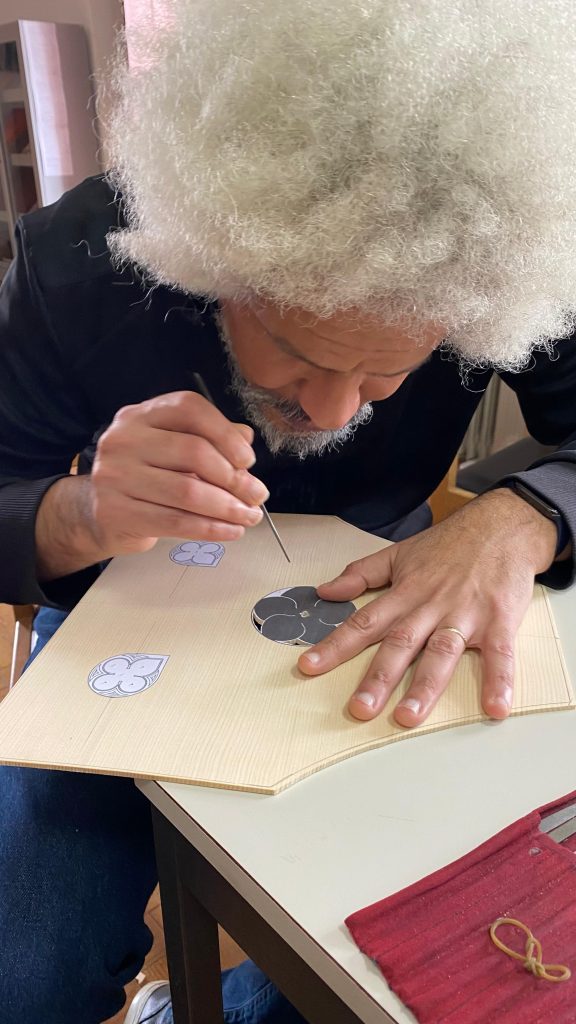
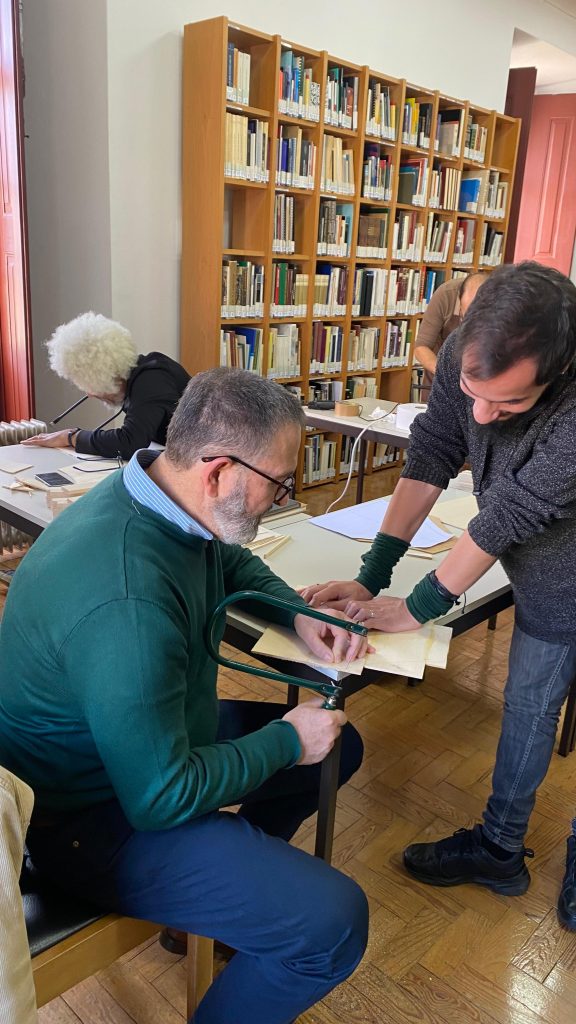
The participants of the workshop had various levels of familiarity with woodcarving and instrument making. Those who had no training on both matters exceeded to levels unimaginable all thanks to Orlando Trindade’s passionate, calm and grounding guidance. His approach in showing the how-to on the way and trusting the participants to shoulder most crucial responsibilities to finish the psalteries created a remarkable bond between the instruments and their makers.
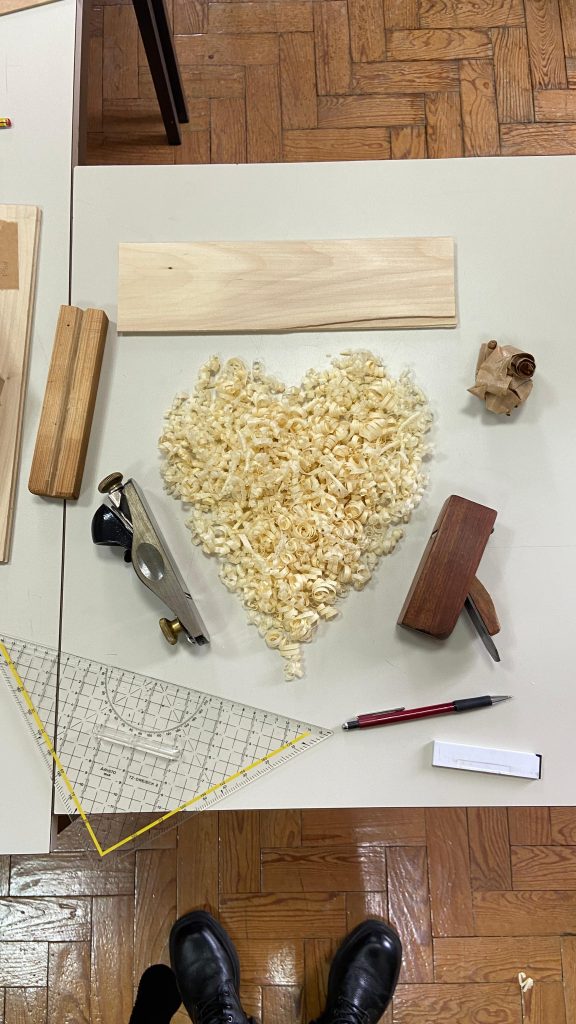
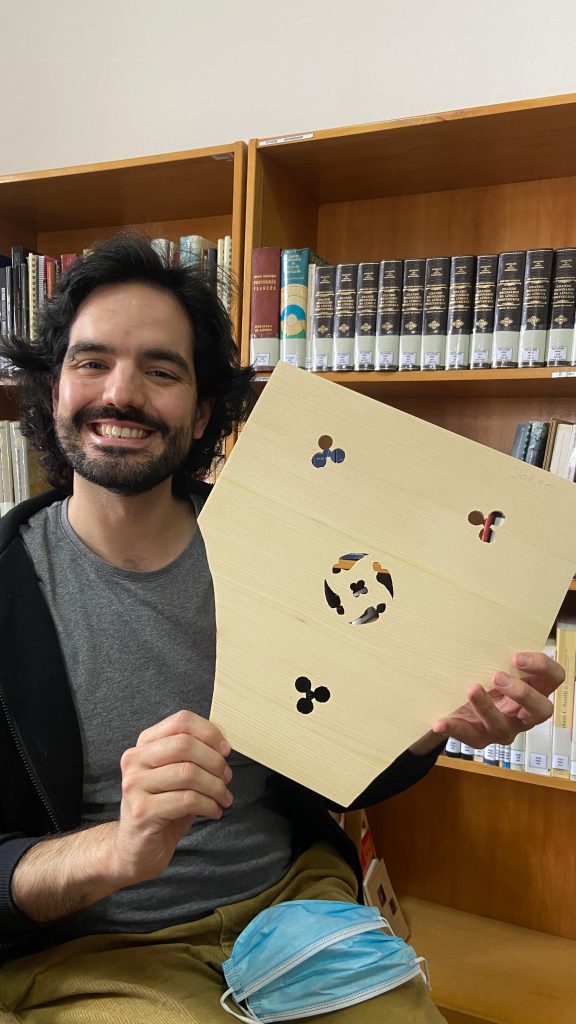
Who can participate?
Anyone! The workshop is designed to ensure that participants can complete the instrument, regardless of their prior experience with crafting or working with wood.
All the theoretical and musical aspects of how the instrument works will be explained, so that participants can experience playing and hearing their own instrument at the end of its construction.
Over the course of 6 sessions, led by luthier Orlando Trindade, workshop participants will follow and carry out every step of the instrument’s construction, from selecting materials to building and completing it.
What do I need to bring?
Nothing! All materials needed to complete the instruments will be provided, including the wood and accessories such as strings, tuning pegs, waxes, and finishing products. Some components will be pre-prepared for assembly, ensuring the instrument can be completed within the time frame of the workshop.
Will I keep the psaltery I build?
Yes! At the end of the course, you will keep your finished and fully functional instrument. In addition to the instrument and the experience of the entire construction process, you will also have the opportunity to participate in the final presentation to play medieval Iberian melodies that were performed on the ancestors of the very instrument you finished!
How can I join?
The workshop is currently available for groups of 4 to 5 people upon request. You can contact us to discuss details regarding budget, location and dates for a future session or to pre-register in case an upcoming edition takes place near you.
Orlando Trindade has dedicated his career to the construction, conservation, and restoration of stringed instruments, with a particular focus on historical instruments.
Since 1998, he has studied and collaborated with musicians, researchers, musicologists, and instrument makers. He has trained with Fernando Meireles, Pedro Caldeira Cabral, and Anna Radice (Italy), among others, always striving to achieve the highest level of historical accuracy in the reconstruction of these instruments.
He has built replicas for various national and international ensembles, including groups in Spain, Belgium, the United States, and Brazil.
His work includes research and presentations on historically informed instrument construction (2011) and the restoration of a 19th-century viola campaniça (2013). He collaborated with musician Filipe Faria on the reconstruction of a viola Beiroa and a Renaissance guitar, a project documented in both a book and a documentary film. He also works alongside Pedro Caldeira Cabral, creating replicas of historical instruments and maintaining the musician’s collection. In 2022, he restored two Portuguese guitars that had belonged to Carlos Paredes and were bequeathed to the Jerónimos Monastery.
He has given lectures and exhibitions on Iberian medieval instruments at the Ciclo de Música Medieval de Leiria 2024 and led an instrument-making workshop at Dias de Música Medieval da Batalha 2025.
Since 2010, he has collaborated with the National Museum of Music, working on various instruments from its collection. One of his most notable projects was the restoration of a theorbo built by Matheus Buchenberg in 1608, allowing it to be played again.
He is also a member of the advisory council for the future installation of the National Museum of Music at the National Palace of Mafra, contributing as part of the expert team working on the museum’s current restoration campaign.
Visit his site for seeing more of his works.
